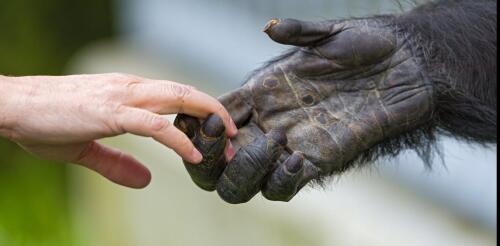Epidemiology
When the World Health Organization declared COVID-19 a pandemic on March 11, 2020, humans had been the only species with reported cases of the disease. While early genetic analyses pointed to horseshoe bats as the evolutionary hosts of SARS-CoV-2, the virus that causes COVID-19, no reports had yet surfaced indicating it could be transmitted from humans to other animal species. Less than two weeks later, a report from Belgium marked the first infection in a domestic cat – presumably by its owner. Summer 2020 saw news of COVID-19 outbreaks and subsequent cullings in mink farms across Europe and fears of similar calls for culling in North America. Humans and other animals on and around mink farms tested positive, raising questions about the potential for a secondary wildlife reservoir of COVID-19. That is, the virus could infect and establish a transmission cycle in a different species than the one in which it originated. Researchers have documented this phenomenon of human-...
Walk through the personal care aisles of your local store and you’ll see dozens of products that promise to soften your skin, make you smell better, extend your lashes, decrease wrinkling, tame your curly hair, or even semi-permanently change the color of your lips, hair or skin. Remember the adage “If it seems too good to be true, it probably is”? Many of product promises like these are based on chemicals that can also be hazardous to your health, including endocrine-disrupting chemicals that can interfere with fertility and reproduction, fetal growth and infant development. That’s a big concern, because these products are heavily marketed to young women in the years before they might consider starting a family. Recent studies have demonstrated that college-age women use cosmetic products at higher rates than other groups. Additionally, many of these young women are unaware of the health risks from frequent use of popular products containing contaminan...

